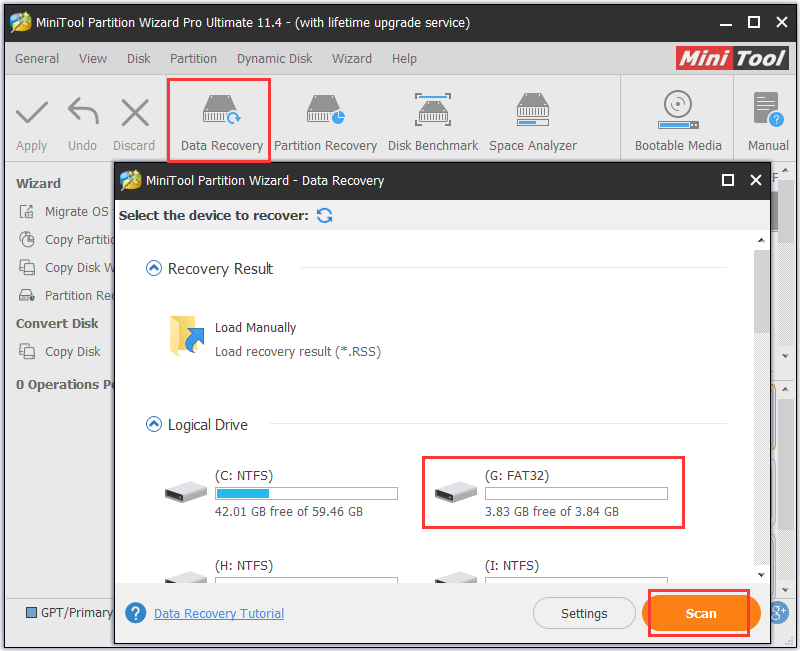

If you skip the formatting step, your old files remain on the drive in a Windows.old folder. Use the built-in tools to reformat and/or repartition the target drive, if necessary. Next, find the right combination of keystrokes and/or incantations to boot directly from that drive into the Windows Setup program.(For details, see my FAQ, "Windows 10 updates: How to install, reinstall, upgrade, and activate.") First, use the Media Creation Tool to download the latest installation files from the Download Windows 10 page and create a bootable USB flash drive.It also requires more than average technical skills and, usually, some post-installation futzing to get all hardware working properly and to ensure that the right features are available. This option gives you the most control over the clean install process. Reinstall from bootable Windows 10 recovery media Note that a reset might not work if your system is compromised by malware or if some system files are damaged or corrupted. The reset process is the best option if you want the quickest, least cumbersome way to start fresh. (Note that the Cloud Download option will use up to 4 GB of data.)

Looking for technical information about Windows 10 releases, new features, known issues, troubleshooting, and tech support? Start here.īeginning with Windows 10 version 2004, the Reset This PC feature allows you to choose whether you want to reinstall Windows using the currently installed copy or download a fresh copy from the cloud. You can back out at any time before you click that last button. The process involves at least four steps that require choices on your part, with one final confirmation that lays out in very clear terms exactly what's about to happen. You don't need any installation media or product keys, and you don't have to adjust firmware settings to boot from an alternative device. This feature, which has been significantly refined since its debut in Windows 8, lays down a completely new copy of your current Windows version, without any third-party drivers or software that might be causing problems. However, if the image reflects a Windows 10 version that you want to use while you skip one or two successive feature updates, you might see this as a plus. As with an OEM recovery image, the backup doesn't necessarily include the most recent feature update. The disadvantages of this technique include the extra time and effort required to create the backup, as well as the organizational chops required to keep that backup safe and easily accessible when it's needed.


 0 kommentar(er)
0 kommentar(er)
